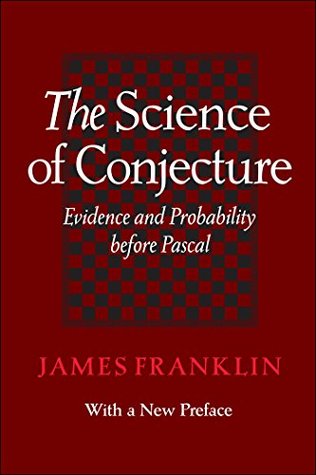A related passage connects these relative frequency ideas with symmetry notions of insufficient reason. He divides the possible into three. “Either it is equally possible, or it is improbable, or it is probable. An example of the first way: The number of the stars is even; the number of the stars is odd. One is necessary, the other impossible. However, we have doubts as to which is necessary, so that we say of each that it is possible . . . sometimes in such cases we have no reason for one part; and sometimes we do have a reason, and then it is called a ‘problem.’ . . .
Welcome back. Just a moment while we sign you in to your Goodreads account.


